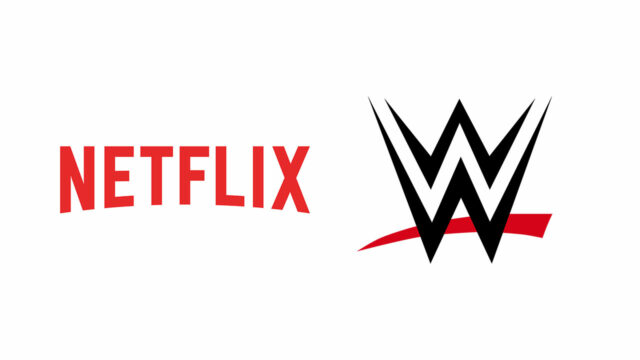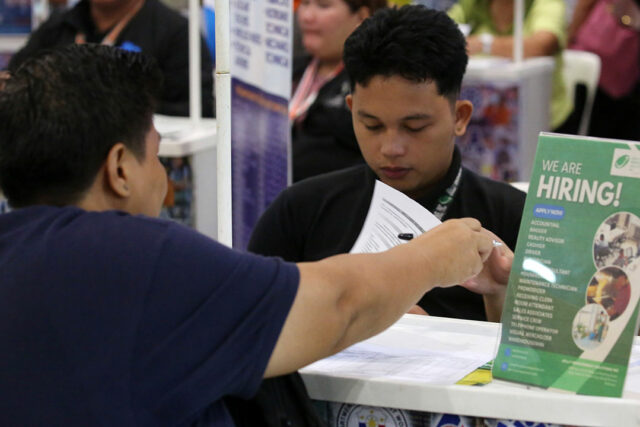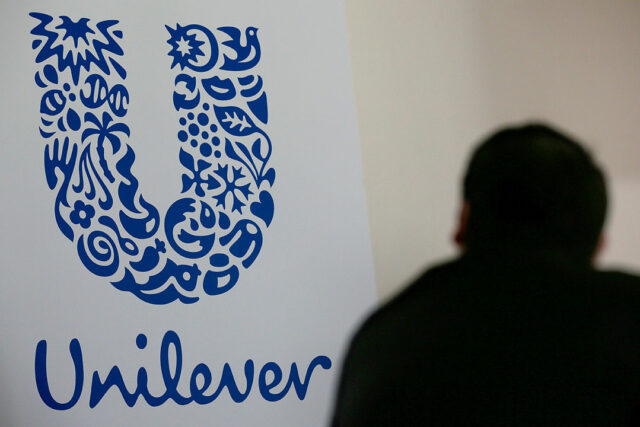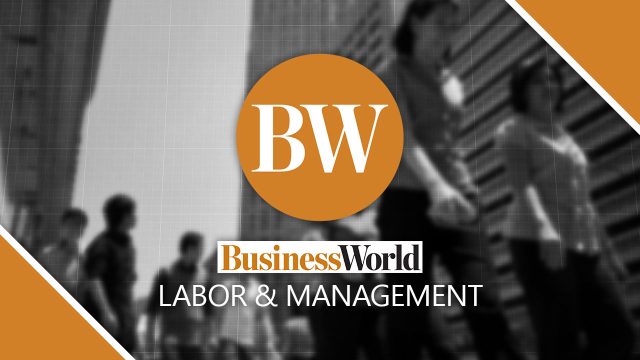Laguna hydro plant auction set for April — DoE
By Sheldeen Joy Talavera, Reporter
THE AUCTION for the privatization of the 796.64-megawatt (MW) Caliraya-Botocan-Kalayaan (CBK) hydroelectric power plant (HEPP) complex in Laguna is scheduled for April, according to the Department of Energy (DoE).
Initially planned as a major privatization project by the state-run Power Sector Assets and Liabilities Management Corp. (PSALM) last year, the auction for the asset will now proceed in April, Energy Undersecretary Rowena Cristina L. Guevara announced during a briefing on Wednesday.
“The only reason why it has been delayed is that the price determination methodology was supposed to have already been acted upon by ERC (Energy Regulatory Commission) in October, but Chairman [Monalisa C. Dimalanta] was suspended by the Ombudsman and that cascaded in all the delays and therefore that’s why we could not proceed with it,” DoE Secretary Raphael P.M. Lotilla said.
Mr. Lotilla was referring to the pricing determination methodology for the third round of green energy auction (GEA-3) set in February, which will also offer pumped-storage hydro capacities.
The government waited for the pricing scheme for GEA-3 so as not to affect the value of the CBK hydropower plant complex.
“The pricing [of the CBK plants] could be affected that’s why [the auction] will be held in April instead of November [2023],” Ms. Guevara said.
The ERC was only able to issue the pricing mechanism for GEA-3 late last year.
“The concern that had to be addressed was how to maximize the value of CBK, so it’s not PSALM’s fault. PSALM would have been able to privatize that even without GEA-3 but the concern of the Department of Finance was to enhance the privatization value of CBK and that’s why it got delayed,” Mr. Lotilla said.
Finance Secretary Ralph G. Recto has said that the government is likely to raise between P50 billion to P100 billion from the privatization of the CBK power plants.
The CBK hydro facilities are under a 25-year build-rehabilitate-operate-transfer and power purchase agreement between independent power producer CBK Power Co. Ltd. and National Power Corp. (NPC), which will expire in 2026. These facilities are composed of the 39.37-MW Caliraya HEPP in Lumban, 22.91-MW Botocan HEPP in Majayjay, and 366-MW Kalayaan I and 368.36-MW Kalayaan II pump storage power plants in Laguna.
PSALM is tasked to lead the privatization of the remaining generation and transmission assets of the NPC and the National Transmission Corp., which includes the CBK plants.
The state-run firm has identified six qualified bidders for the asset’s auction.
“We are finalizing our documents, subject to the comments that we received from the various bidders. We hope to have a successful bidding by next year, and turnover also next year,” PSALM President and Chief Executive Officer Dennis Edward A. Dela Serna told a Senate hearing in October last year.
Mr. Dela Serna said that the company is targeting to determine the indicative price for the CBK hydropower complex one to two months prior to the bidding date.
In 2023, PSALM turned over the ownership and operation of the 165-MW Casecnan Hydroelectric Power Plant to Fresh River Lakes Corp. (FLRC), a subsidiary of First Gen Corp. FLRC offered the highest bid at a price of $526 million, way above the minimum bid price of $227.27 million.
The Casecnan hydro is a run-of-river type of power facility that generates energy by diverting water from the Casecnan and Taan Rivers through a 26-kilometer-long tunnel.












